Irrawaddy Dolphin From Irrawaddy River Near Mandalay
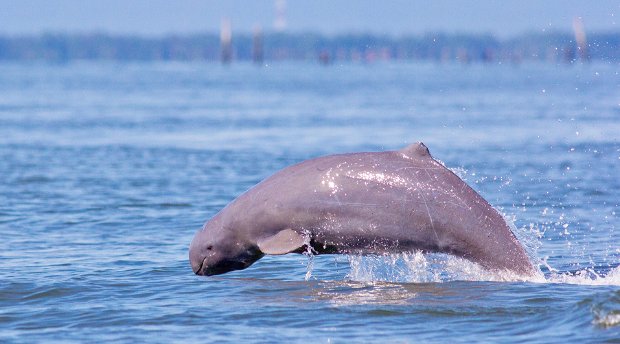
Unique Cultures of Irrawaddy dolphins and local fisherman in Myanmar!!
What a beautiful custom! Irrawaddy dolphins are an endangered species found in only three rivers in the world, including the Irrawaddy River in Burma (Myanmar)--the only place where cooperative fishing with Irrawaddy dolphins exists. The Irrawaddy dolphin (Orcaella brevirostris) is a euryhaline species of oceanic dolphin, meaning they transition between saltwater and freshwater. Though they are listed as one of the seven species of river dolphin, they are not a true river dolphin. They use echolocation (sound) to hunt fish and communicate together. Their estimated total population is 7,100 and preferred habitat of this dolphin is muddy, brackish waters at river mouths and deltas.
Irrawaddy Dolphin Description
The Irrawaddy dolphin is identified by a bulging forehead, a short beak, and 12-19 teeth on each side of each jaw. The pectoral fin is broadly triangular. There is a small dorsal fin, on the posterior end of the back. Females of this species have smaller dorsal fin, shorter body and lighter weight. Irrawaddy dolphins can weigh up to 400 lbs (181 kg) and can reach lengths up to 8 ft (2.4 m). They are considered to be slow swimmers, but have been reported to reach up to 12-16 mph (20-25 kph) when startled or threatened. They are often seen spyhopping and observing the environment around them. When diving, this dolphin breathes at intervals of 70-150 seconds; the head appears first and then disappears, and then the back emerges, but the trail is rarely seen.
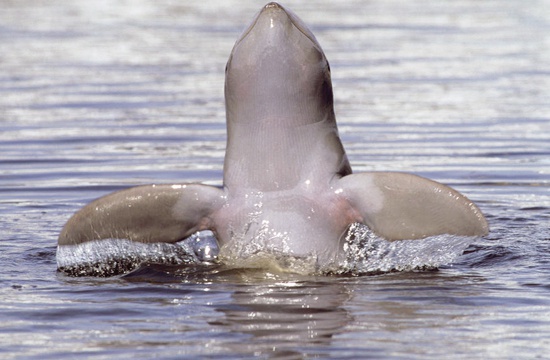
Physical Characterizes
Their head and body length is 180 – 275 cm and the skin in the dorsum and the sides has a blue or gray color, but the color in the ventral area is slightly lighter as well as in the last part of the back.
Diet and Eating Habits
The Irrawaddy dolphin’s diet typically consists of cephalopods, fish and crustaceans. They generally hunt in groups of about seven dolphins, encircling their prey to trap and feed on them. The dolphins can often be seen spitting/squirting water up to 5 ft away. This behavior is thought to be used to herd fish while hunting.
What is cooperative fishing?
In Myanmar, the amazingly clever and intelligent Irrawaddy dolphin has learned to fish in a mutually beneficial way together with cast net fishermen, termed “cooperative fishing”—a unique phenomenon found in only two other places in the world (Laguna, Brazil and the Imraguen people in Mauritania). Communication via calls and signals is made by both dolphins and fishermen, with the dolphins rearing schools of fish towards the cast net fishing boats and signaling to the fishermen to throw their nets when the fish near close to the boat. Only a handful of fishermen still practice cooperative fishing with dolphins these days. Communicating with dolphins and coordinating the throw with their signals takes years of skill and trust building with dolphins. The tradition is dying, as modern fishing practices and economics take over. Illegal electrofishing is also breaking down the trust between dolphins and fishermen, as dolphins are sometimes shocked and killed.
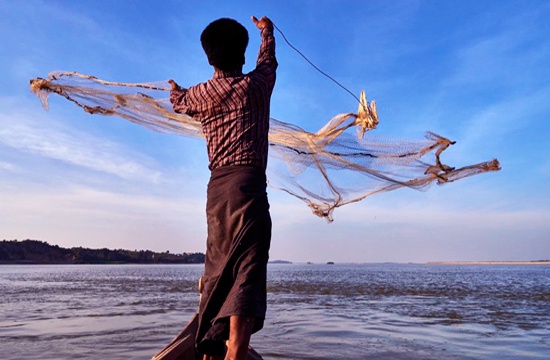
Mating Habitats
These dolphins have polygynous mating system, where each male mates with a number of females. Male dolphins compete with each other for their mating rights. There is very scarce information on the reproductive biology of this species. However, they are likely to breed in December - June. Gestation period lasts for about 9 months, though data from two captive births has shown 14 months of gestation. Usually, females yield a single baby with an interval of 2 - 3 years. During the first seven months of its life, the offspring feeds exclusively on the nutrition from its mother. The calf learns to prey on fish, observing the behavior of its mother as well as other members of the pod. By the age of 6 months, young dolphins begin eating fish, being completely weaned at 2 years old. They are thought to become sexually mature with 7 - 9 years.
Irrawaddy Dolphin Protected Area
Myanmar’s Irrawaddy Dolphin Protected Area is the only place where you can see both Irrawaddy dolphins and the cooperative fishing tradition. It was the country’s first aquatic protected area, established in 2005, stretches for 74 km and has approximately 25 dolphins in the area. It is best visited from Mandalay on an overnight boat trip for 2 or 3 days in order to maximize your chances of spotting dolphins and having ample time to witness cooperative fishing in action. There are seven cooperative fishing villages that can be visited along the way that still maintain traditional culture, as well as other attractions such the 126 species of birds of the Upper Irrawaddy.
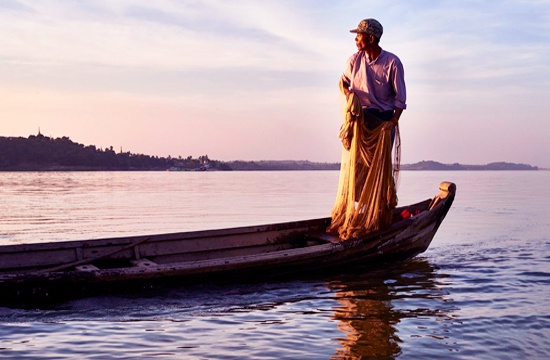
Cooperative Fishing with Irrawaddy Dolphins – An Experience Found
Dolphin programs are designed to provide best chances of seeing Irrawaddy dolphins and experiencing cooperative fishing. Include local guides, local food and activities with local people. Reasonably priced to make the experience accessible to visitors and beneficial to communities.
Your visit helps raise awareness for dolphin protection and generates income for local fishermen to continue their practice of cooperative fishing with dolphins.
Experience the boat trip to see endangered Irrawaddy Dolphins on the Irrawaddy River in Myanmar.
Customize your perfect trip with our travel expats > [email protected]



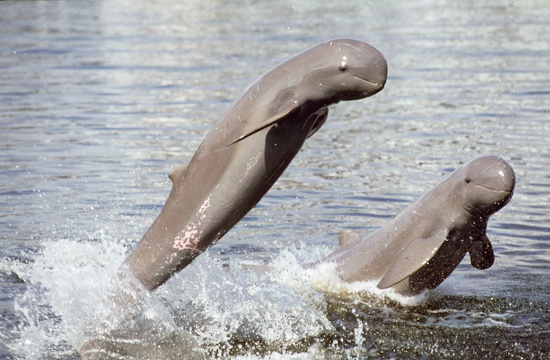
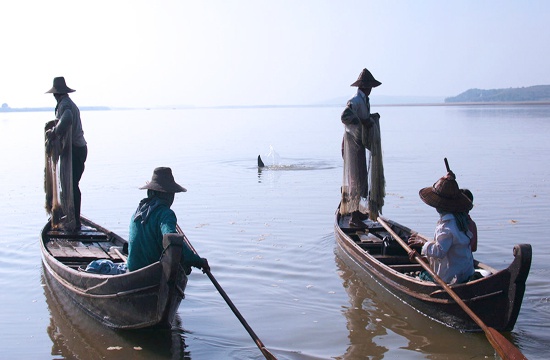
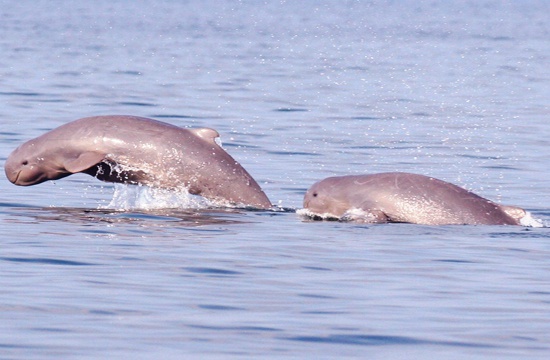
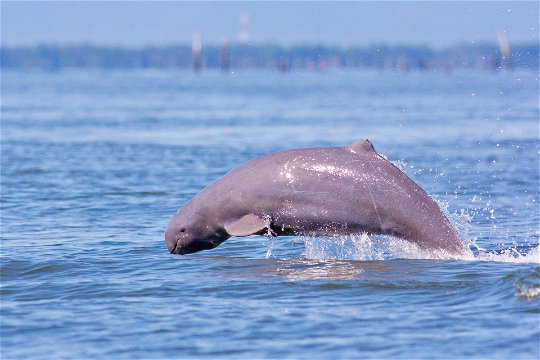
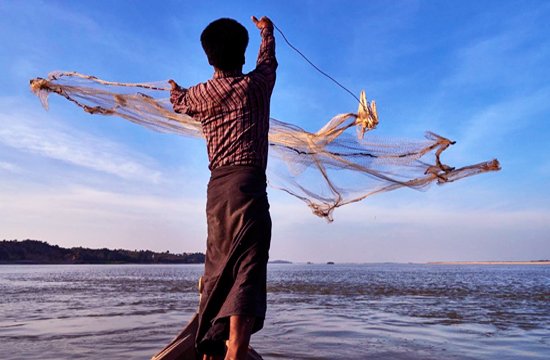
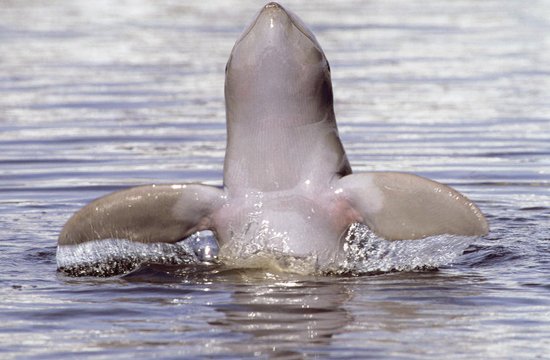
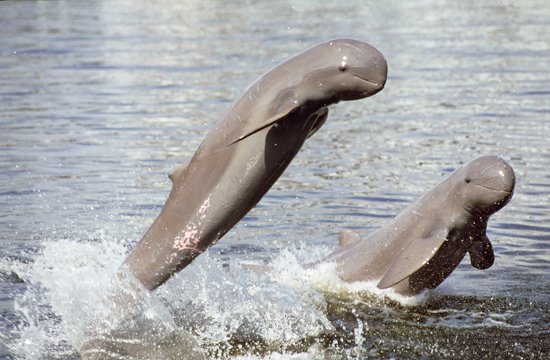
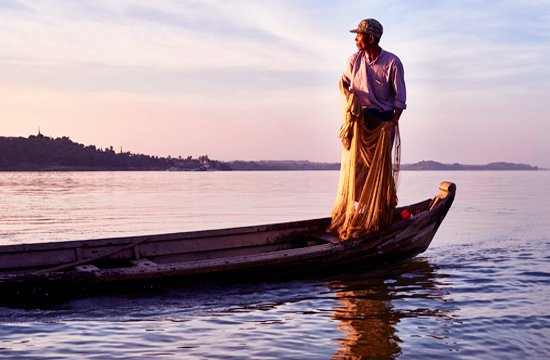
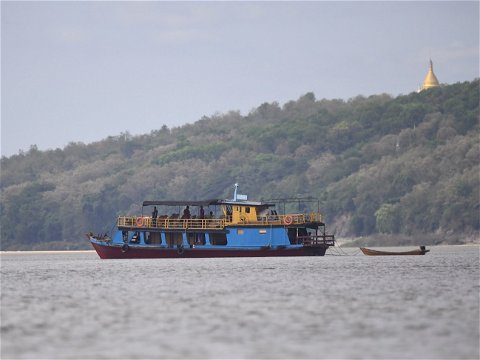
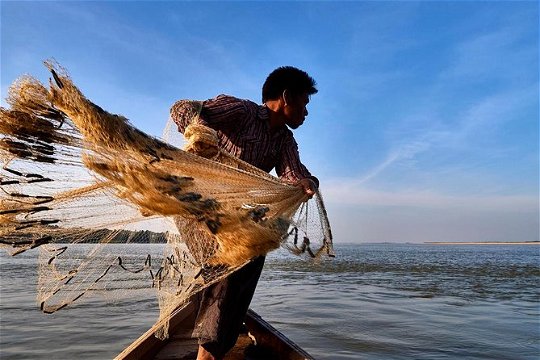
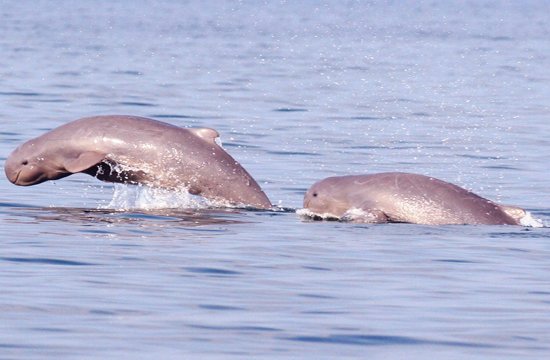



Share This Post